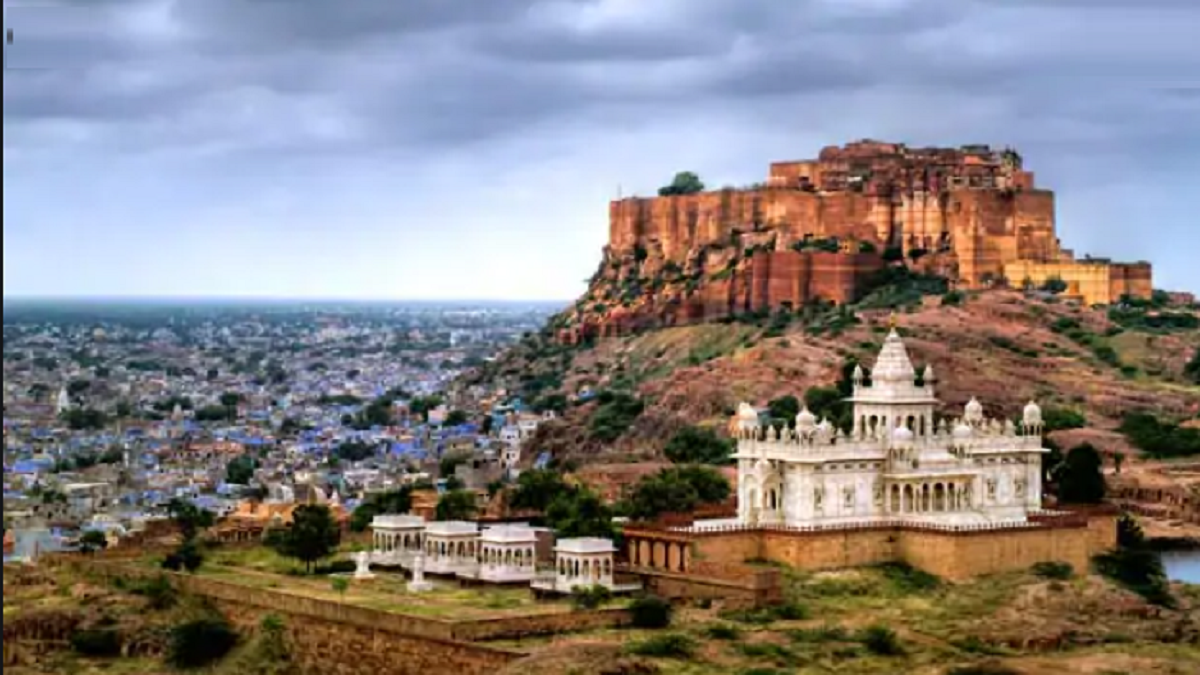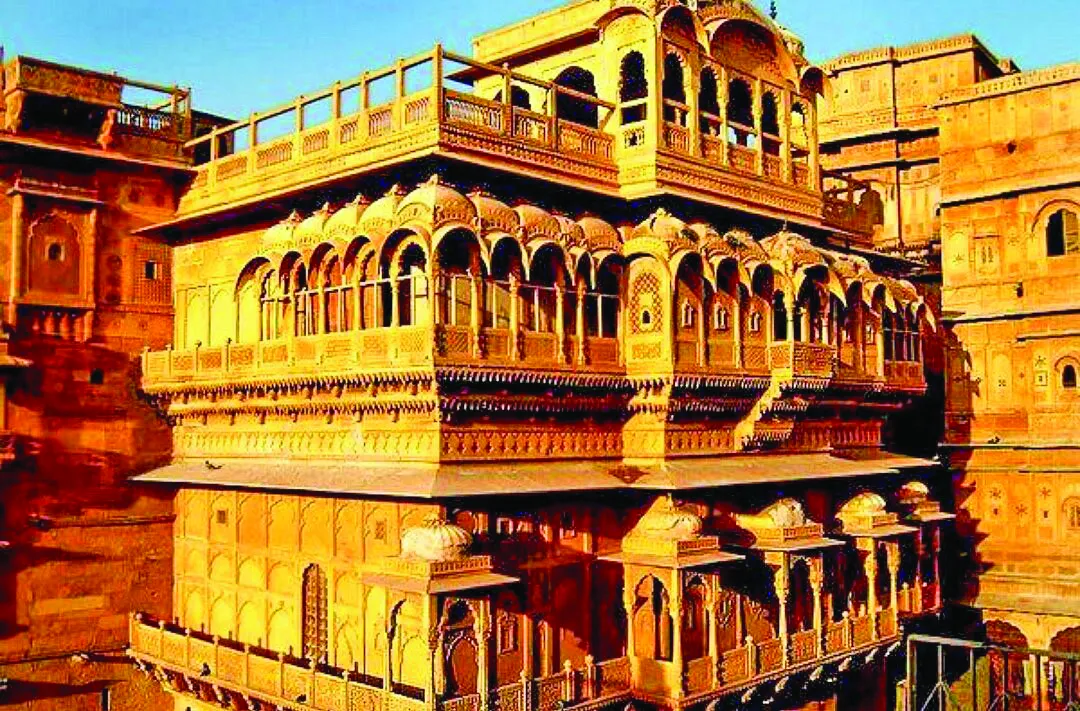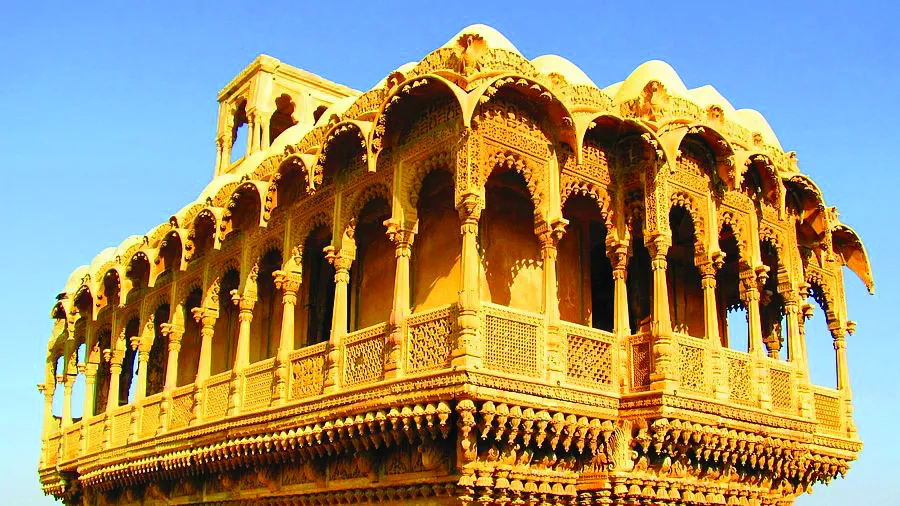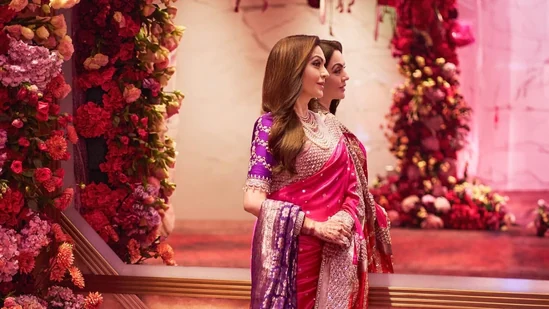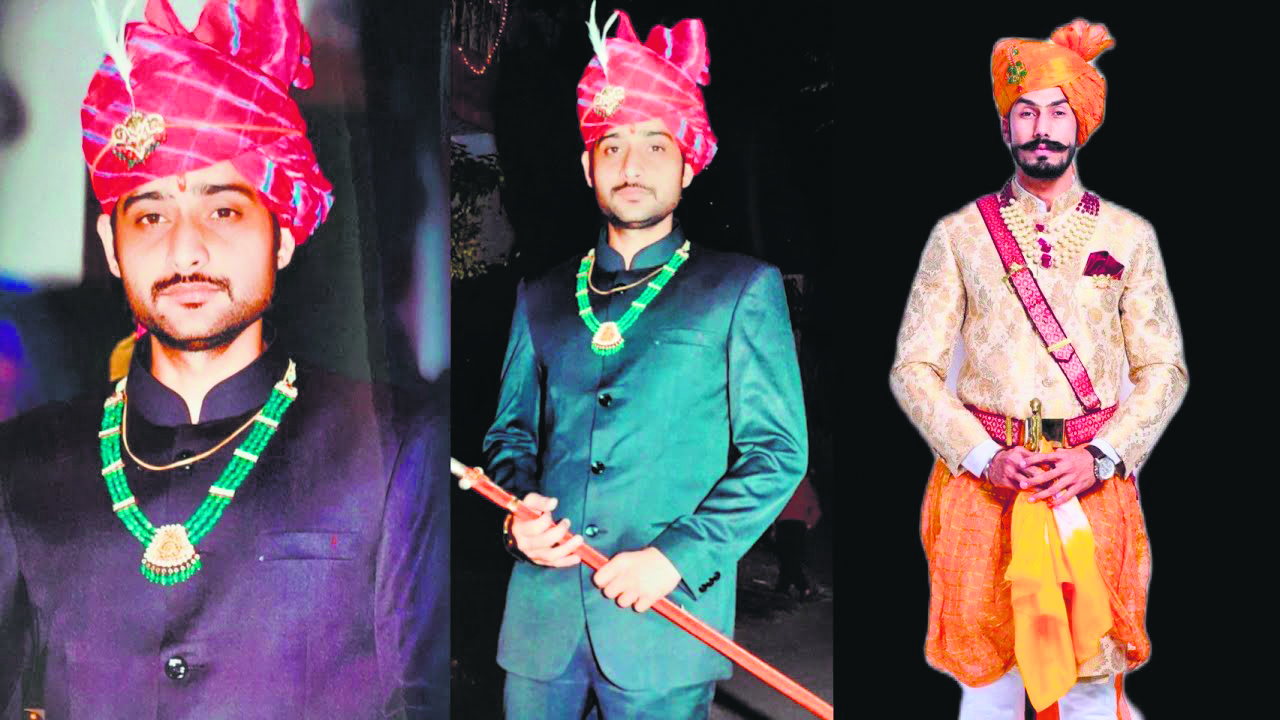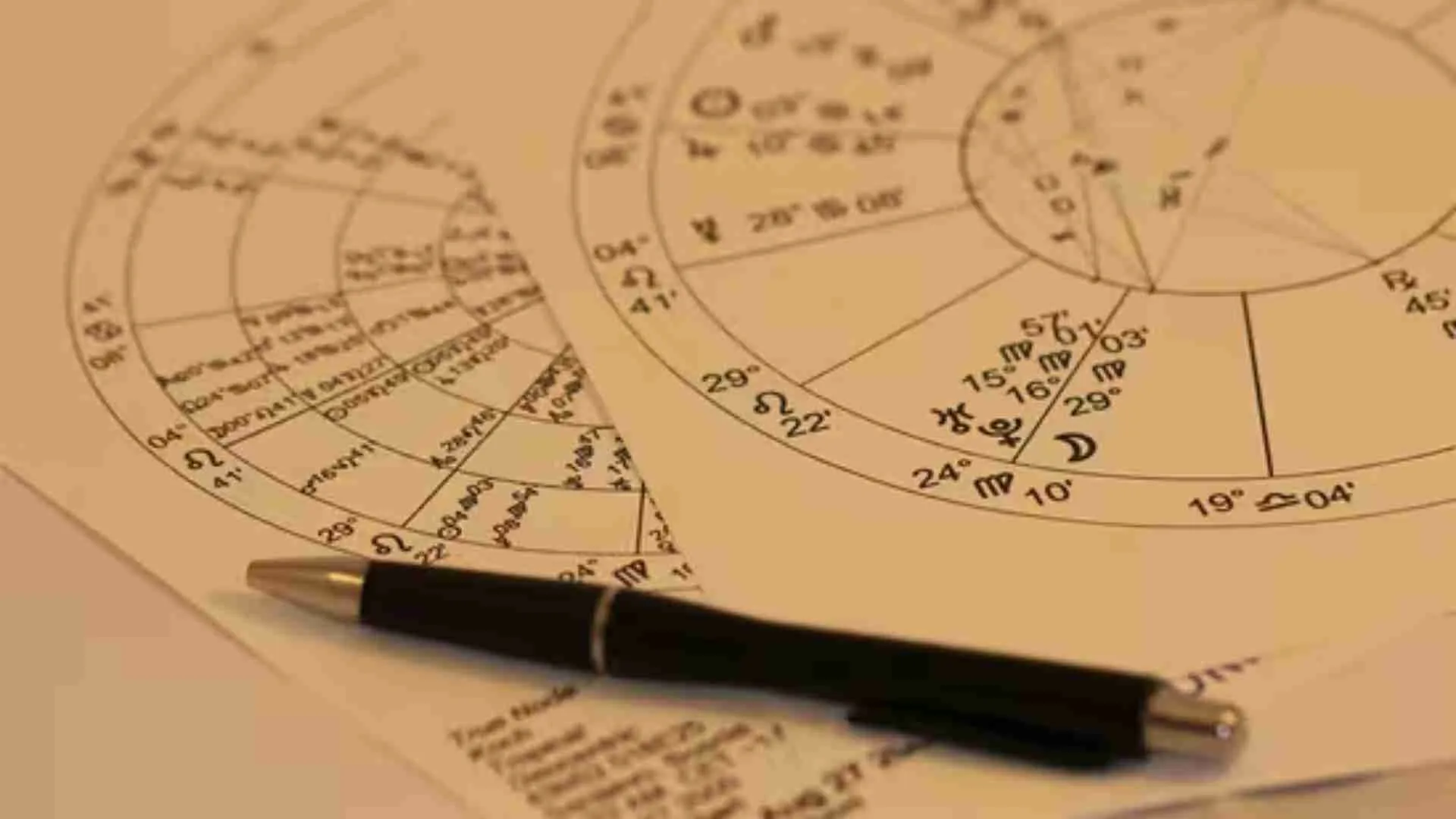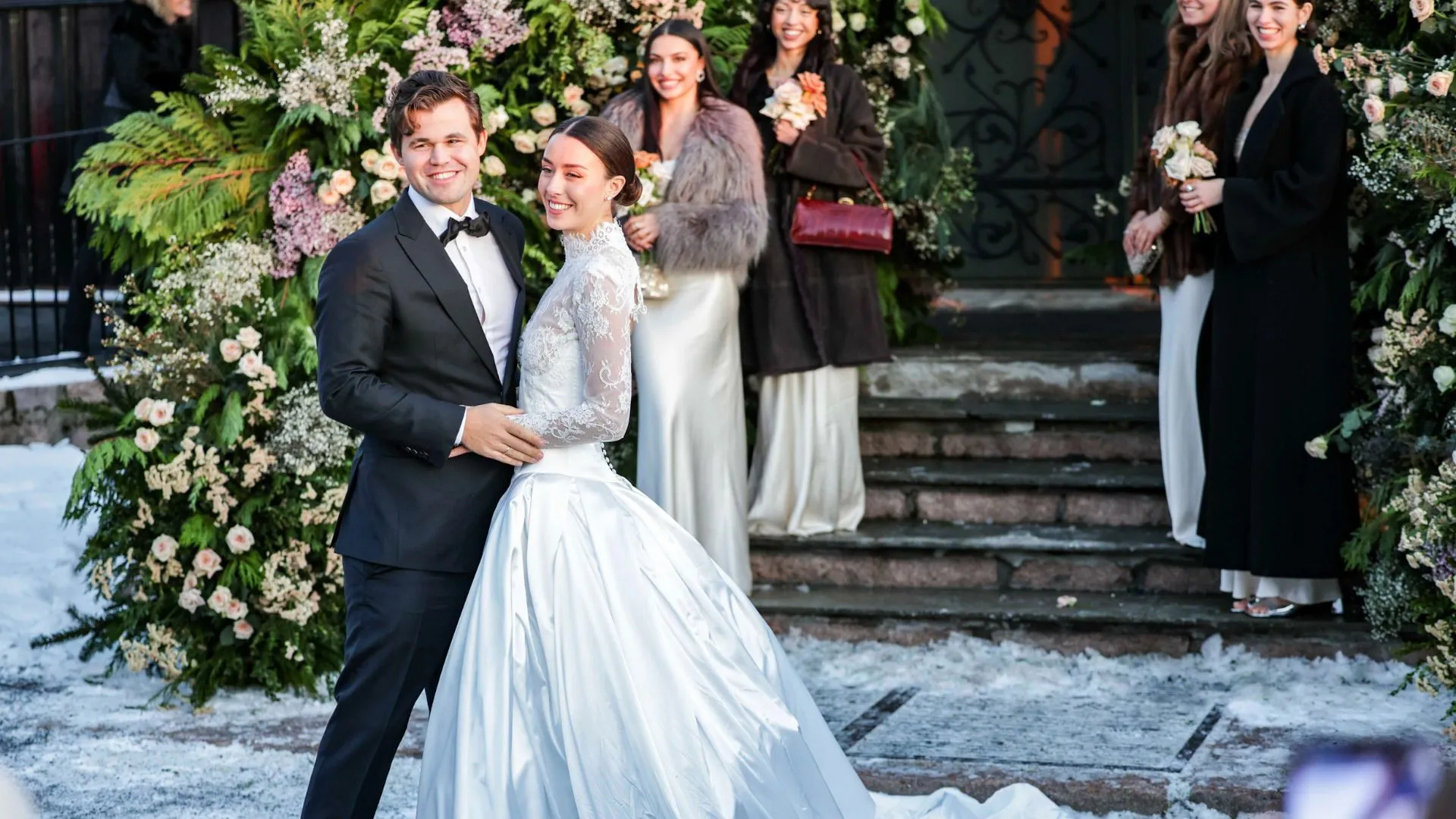It was the monsoon of 2016. The social media was abuzz with an uninformed and inane piece of writing that aimed at stereotyping contemporary Rajput customs and tropes. The post’s sensational undertone circulated its way onto several Facebook news feeds, mine included.
Coming from a Rajput family, I was mildly agitated by the writer’s hostile and overtly generalising tone and drafted him an open response. Subsequently, India’s leading lifestyle blog, Miss Malini, decided to feature what had been (until now) my Facebook status post. With due courtesy to Miss Malini and the Internet age post Web 2.0, this humble response of mine was catapulted beyond my local friends’ circle to attain a more dispersed, global readership of sorts. In no time, my family and I started receiving phone calls and texts that lauded me for “telling the writer off”. Alternatively, several comments online were genuinely expressive of praise while a few condemned my response, stating their choice to ignore petty remarks made upon the community. Overall, the response had been overwhelming in its earnest support.
This incident made me realise two hard contingencies that are applicable to the Rajput community in present times. First, that ours remains to be one of the most misrepresented and historically misunderstood communities in contemporary India. Second, that not only do we have a very superficial access to our varied histories, but also rarely have we attempted to provide more nuanced accounts of ourselves. Undoubtedly, a generalised Varna-infused literary deficit over the past few centuries accounts for this to a certain measure. However, in a rapidly modernising and egalitarian world, bridging our representational interlude becomes more imperative than ever before.
Evidently, as witnessed across social media platforms and dinner table conversations, I wasn’t alone in feeling eager to contribute towards this change.
As I mulled over these thoughts while sipping my morning cup of coffee, I received a call from a wellwisher called Lakshman Swamy, proposing to take my editorial skills forward. Several meetings, consultations and intense discussions later, a journey that I titled Rajputana Collective came into being.
Rajputana Collective encompasses my personal tribute to what I perceive as one of (if not) India’s most diverse, vibrant and virtuous communities. It projects my burgeoning dream to provide a representational platform to the Rajput community in its individual as well as collective pursuits towards a brighter future. Conceptualised as a periodic feature publication, Rajputana Collective strives to specifically highlight the Rajput community in its contemporary facets with a deliberate disjoint from superficial regalities. Hence, by attributing my journalistic acumen to the extraordinary spirit of my community, I deliberately take away from it the flattering banalities that have thus far burdened its genuine merits.
Over the years, I have carefully woven first-hand narratives of several Rajputs with their professional journeys, personal insights, experiences, challenges and dreams. Not only do these stories offer some unique individual perceptions, but when processed as a collective, they powerfully unveil the magic that lies in following one’s heart. With this first little insight, I am delighted to be flagging off a series of narratives on young scions of historic lineage who are trying to carve their own little niche.
Urvashi Singh is a writer, blogger and daughter of the Khimsar noble family.

